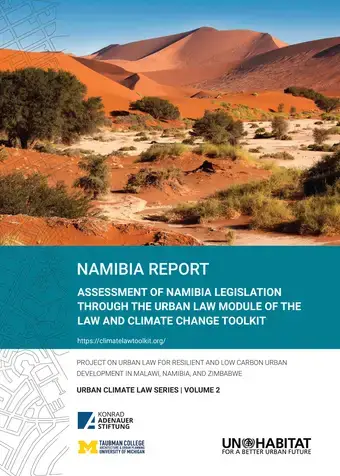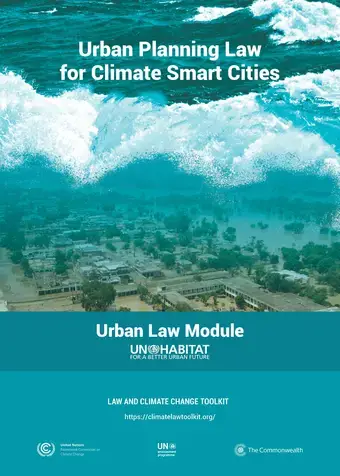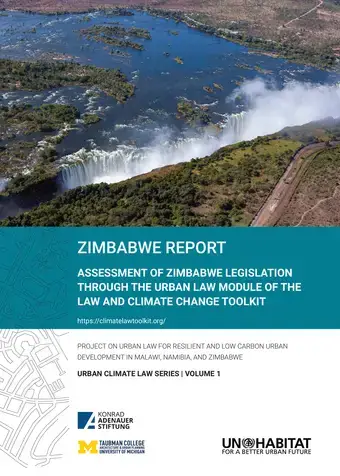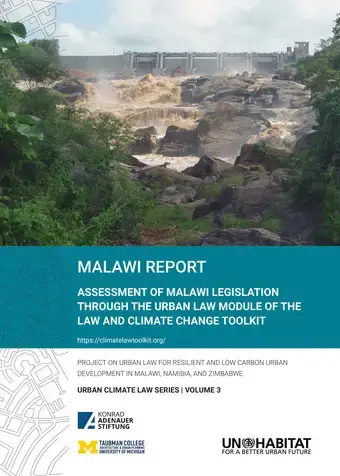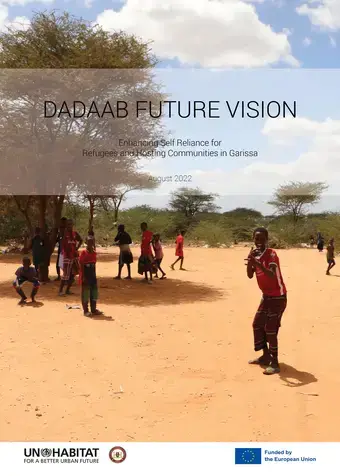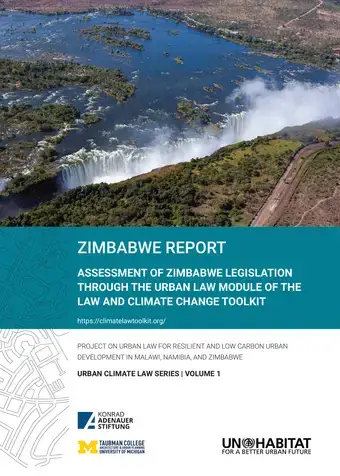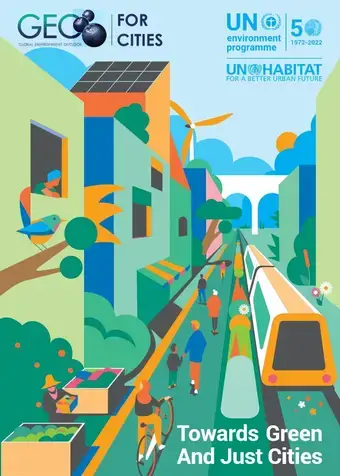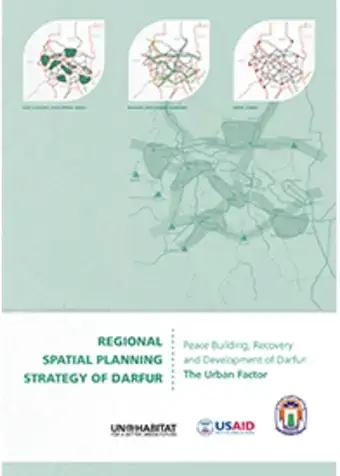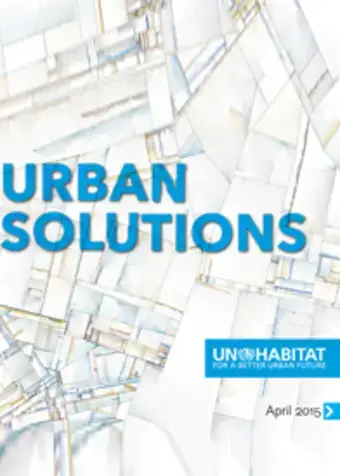In this lecture Fernando Murillo from University of Buenos Aires discusses the “Compass” of cities – a participatory methodology for policy making . It consists of different indicators represented graphically as a “Compass”, combining four fundamental dimensions dealing with the progressive fulfilment of human rights.
MP3
AUDIO: Fernando Murillo - A compass for cities
SYNOPSIS
